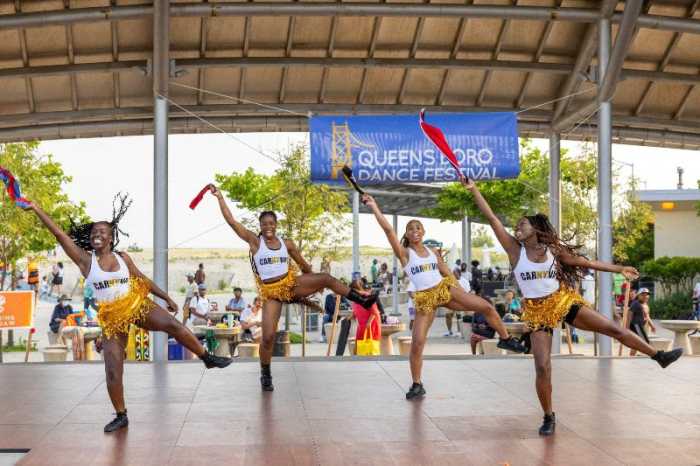By Michael Shain
Nicole Appel commutes three days a week from Fresh Meadows to her job in Chelsea. She is 24 years old and, like a lot of young women her age, is intensely focused on her work.
That intense focus has paid off. In her four-year career as an artist, Nicole’s work has appeared in the Atlantic and Smithsonian magazines. She has exhibited in no less than 15 art shows. Earlier this year, several art museums in Europe quietly acquired some of early work. The gallery that represents her, Pure Vision Arts, has a waiting list of collectors eager to spend up to $3,500 for a drawing.
Appel rarely has no more than one drawing in progress at any given time, says her mother. Now for the first time in months, she has work about to go on sale—next month at the RoCA gallery in West Nyack, N.Y., and in January at the Outsider Art Fair in Manhattan.
Appel’s studio is a one-of-a-kind place. Most of the artists who work at Pure Vision Arts, including Nicole, are autistic. A few have Down Syndrome or other developmental disabilities. Together, this group of artists with little or no traditional training, who create spontaneous, highly idiosyncratic, work represent what may be the most talked-about school of Outsider Artists in the country.
None of this really matters to Appel. She and the others in the studio do not care about the art market or whether anyone else sees their work. But the art market has noticed.
Her studio is on West 17th Street in Chelsea, Manhattan’s trendiest art district, and in a contemporary art world that grapples with a new movement every season—post-minimalism, projection art, neo-pop—artists like Appel offer something collectors and experts say is hard to find anymore: art that is truly individualistic. Her drawings are characterized by patterns of oddly related objects: pink flamingoes and alligators, Mexican Day of the Dead masks and daisies, teddy bears and oysters.
Lori Reinberg, a private art adviser, staged a show last year that included six of Appel’s drawings that sold out immediately.
“The way she works her themes appeal a great deal to people,” she says. “They have a great sense of humor and they are very clever.”
Appel is not exactly talkative about her art work. With strangers, at least, her preferred topics seem to be dancing and her older sister’s new twins. More often than not, says Pam Rogers, director of Pure Vision Arts, people with autism are “visual thinkers,” more comfortable with images than words. All Rogers can say is that “repetition and structure are important to her.”
Pure Vision was started 12 years ago by Rogers, an art educator working for The Shield Institute, a nonprofit for children and adults with developmental disabilities that operates rehabilitation centers in Bayside and Flushing. Art programs were always big at the centers. Rogers, also a psychoanalyst, convinced the powers-that-be at Shield there was a market for the work coming out of the day-care programs as well as an avenue for giving patients a sense of purpose. She started inviting the most promising artists from the centers to work several days a week at the studio.
Appel was one of the few who walked into the studio without first being a client at one of the centers. In 2011, her father heard about the program and, when Nicole started drawing ambitiously, he brought her to Rogers.
Her mother, Rona Appel, a Manhattan eye surgeon, says Appel came to art only recently.
“In kindergarten and nursery school, she’d always come home with drawings like most kids,” she says. “But it wasn’t until three or four years ago she started to take it seriously. It surprised us all.”
Art shows bring her daughter a lot of attention, says Dr. Appel, but it is the opening-night parties that really get her excited. The galas are a ready excuse to dance and eat, Nicole’s other favorite things.
“You have to understand that going to the studio is her job,” her mother says. “She loves her job and it has really given her a sense of identity. That’s how she looks at it. As work.”


































